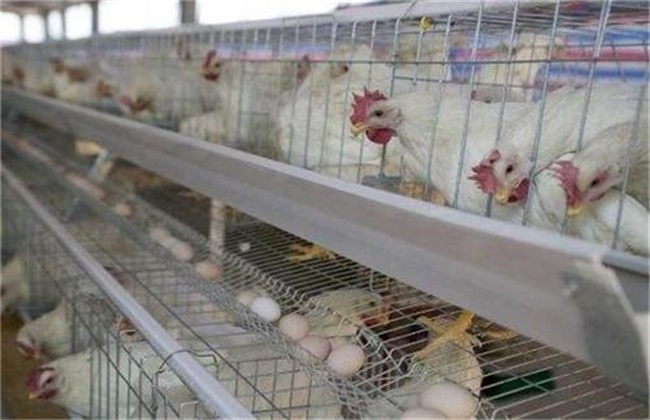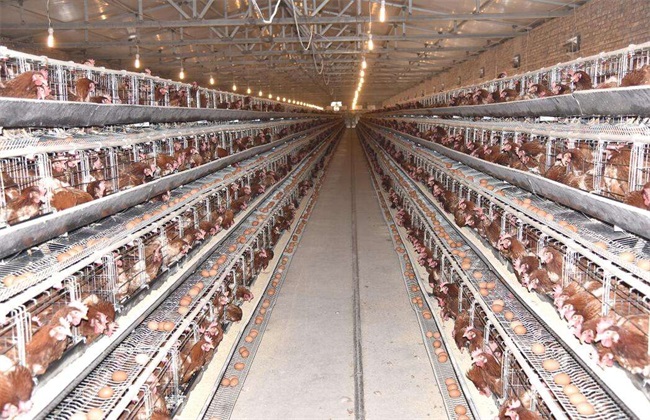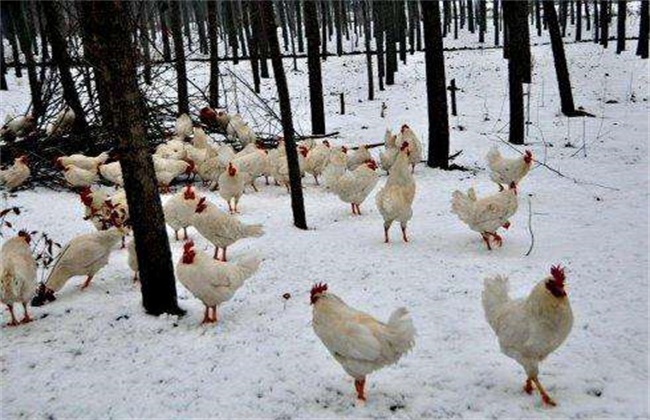Four points for attention in raising laying hens in winter
Raising laying hens in winter must ensure that the temperature of the henhouse is appropriate, otherwise it will seriously affect the laying rate of laying hens, and we also need to pay attention to light, humidity and so on. Let's take a look at the detailed introduction.

1. Chicken house temperature
The suitable temperature for laying hens in winter is between 13 and 23 degrees Celsius. If the temperature is lower than 4 degrees, it will seriously affect the laying rate of laying hens. When the temperature is below 0 degrees, the laying rate will stop. If the temperature of the henhouse is too low, if you supply full-price feed in time, the laying hens will not lay eggs, but if you want to lay eggs normally in winter, you must strengthen the heat preservation of the henhouse, and the walls, doors and windows should be tight. When it is too low, you can make a fire or rely on heating equipment to heat up.
2. Chicken coop lighting
Light is an important factor for laying hens. Only when exposed to sufficient light, laying hens can lay eggs better. The suitable lighting time for laying hens in winter is 14-16 hours. if the natural light is insufficient, then artificial light supplement measures can be adopted, and the light duration should be gradually increased.
3. Air humidity
The temperature of the laying hens is relatively low, the humidity of the henhouse is high, and the air quality is not always ventilated, so the air quality is poor, so according to the humidity of the laying hens and the henhouse, proper ventilation should be carried out to keep the air fresh and the humidity is suitable. At the same time, it is best to cover the chicken house with cushion, so that it can not only keep warm but also absorb moisture. Pay attention to the replacement of the cushion, so as to keep it clean and dry. During ventilation, be careful not to cause the temperature of the chicken house to rise and fall, and strictly prevent the disease caused by stress caused by the huge temperature difference.
4. Feeding density
The temperature is low in winter, heat preservation work is very important, many farmers will increase the breeding density, has achieved the effect of heat preservation, this method is correct, but the feeding density also has a degree, raising too dense will also have an impact on chicken egg production. In general, it is best to raise 5-6 per square meter, while ensuring that the chicken coop is clean and hygienic, fresh air, and reduce the possibility of disease.
The above is the introduction of the four major points for attention in raising laying hens in winter. I hope I can help you. If you want to know more about it, please follow us.
Related
- On the eggshell is a badge full of pride. British Poultry Egg Market and Consumer observation
- British study: 72% of Britons are willing to buy native eggs raised by insects
- Guidelines for friendly egg production revised the increase of space in chicken sheds can not be forced to change feathers and lay eggs.
- Risk of delay in customs clearance Australia suspends lobster exports to China
- Pig semen-the Vector of virus Transmission (4)
- Pig semen-the Vector of virus Transmission (3)
- Five common causes of difficult control of classical swine fever in clinic and their countermeasures
- Foot-and-mouth disease is the most effective way to prevent it!
- PED is the number one killer of piglets and has to be guarded against in autumn and winter.
- What is "yellow fat pig"? Have you ever heard the pig collector talk about "yellow fat pig"?



